From executive functioning abilities to phonemic awareness, no skill is too difficult to master for dyslexic students when they have the support of parents and educators. Another capability that can make an extraordinary difference in dyslexic students’ lives is learning to advocate for themselves. Self-advocacy is a helpful skill for students with learning difficulties and may need classroom accommodations. Educators and parents who want their students to gain more independence and confidence should prioritize self-advocacy skills so children can communicate their needs efficiently. Read below to learn more about how dyslexic students can advocate for themselves and how self-advocacy can make a difference in a child’s life.
Self-Advocacy Skill #1—Encourage students to recognize their strengths and weaknesses.
When dyslexic students receive the right support throughout their educational journey, there is no limit to what they can achieve. Part of helping a child reach their full potential involves recognizing when a student excels and when they need some help. Encouraging students to identify their strengths and weaknesses promotes self-advocacy by helping them understand areas where they can improve in the classroom and at home.
When a child recognizes the challenges they face as a dyslexic student, they feel empowered to seek help. Educators and parents can teach students to advocate for themselves using familiar vocabulary or practicing particular questions or statements. Straightforward sentences such as “I need help with this assignment” or “can you help me stay on track?” can teach children to express their needs efficiently and promote student self-advocacy.
Self-Advocacy Skill #2—Help students understand how they like to learn.
Children with dyslexia should be exposed to strategies that complement their learning style and make learning fun. Parents and teachers should encourage students to try different learning styles and discover how they like to learn new things. Dyslexia specialists and teachers with Orton-Gillingham training understand what works best for students with learning differences. Students with dyslexia who know that they learn better when given a chance to move around or use all of their senses, for example, can advocate for themselves by asking teachers how they can incorporate multisensory activities into a school day. Promoting self-advocacy makes it easier for skilled educators to teach students more efficiently.
Self-Advocacy Skill #3—Make sure students are familiar with their IEP or 504 plan.
Teachers may employ different teaching strategies in their classrooms to ensure that their students are getting the attention and support they need to thrive. When developmentally appropriate, students should be encouraged to talk with their teachers about how they can learn and work more efficiently in school and at home. From asking to be seated at the front of the class to seeking advice on study strategies, communication between a teacher and a student supports the growth of a dyslexic learner’s confidence.
Many students with dyslexia and other learning differences also have an IEP or a 504 plan that outlines specific accommodations or interventions that they are entitled to in the classroom. Parents aren’t in school with teachers and students every day. So if something is not working with a child’s IEP or 504 plan or they aren’t receiving accommodations they are supposed to have, a student should know how and when to speak up about it. Older elementary school students, middle school students, and high school students should understand what help they are entitled to in the classroom and should know how to respectfully ask about these services at school.
Teaching self-advocacy to younger students might seem like a more significant challenge. However, parents of young learners will likely be more involved with teachers and support staff, and they can start by making their children aware that they have access to some extra help in school. Additionally, many teachers are willing to provide small accommodations even without a written educational plan. It is always important for a child or parent to ask what a teacher can do to help a student progress.
Encouraging academic growth goes hand in hand with teaching children about self-advocacy. ReadSource is proud to provide parents and teachers of dyslexic learners with online resources that help them understand and implement strategies to serve students with learning differences. We offer training, educational opportunities, and community outreach programs to help spread awareness about dyslexia and promote understanding. Learn more about our training programs, our online resources, and contact us today!








Leave a Reply